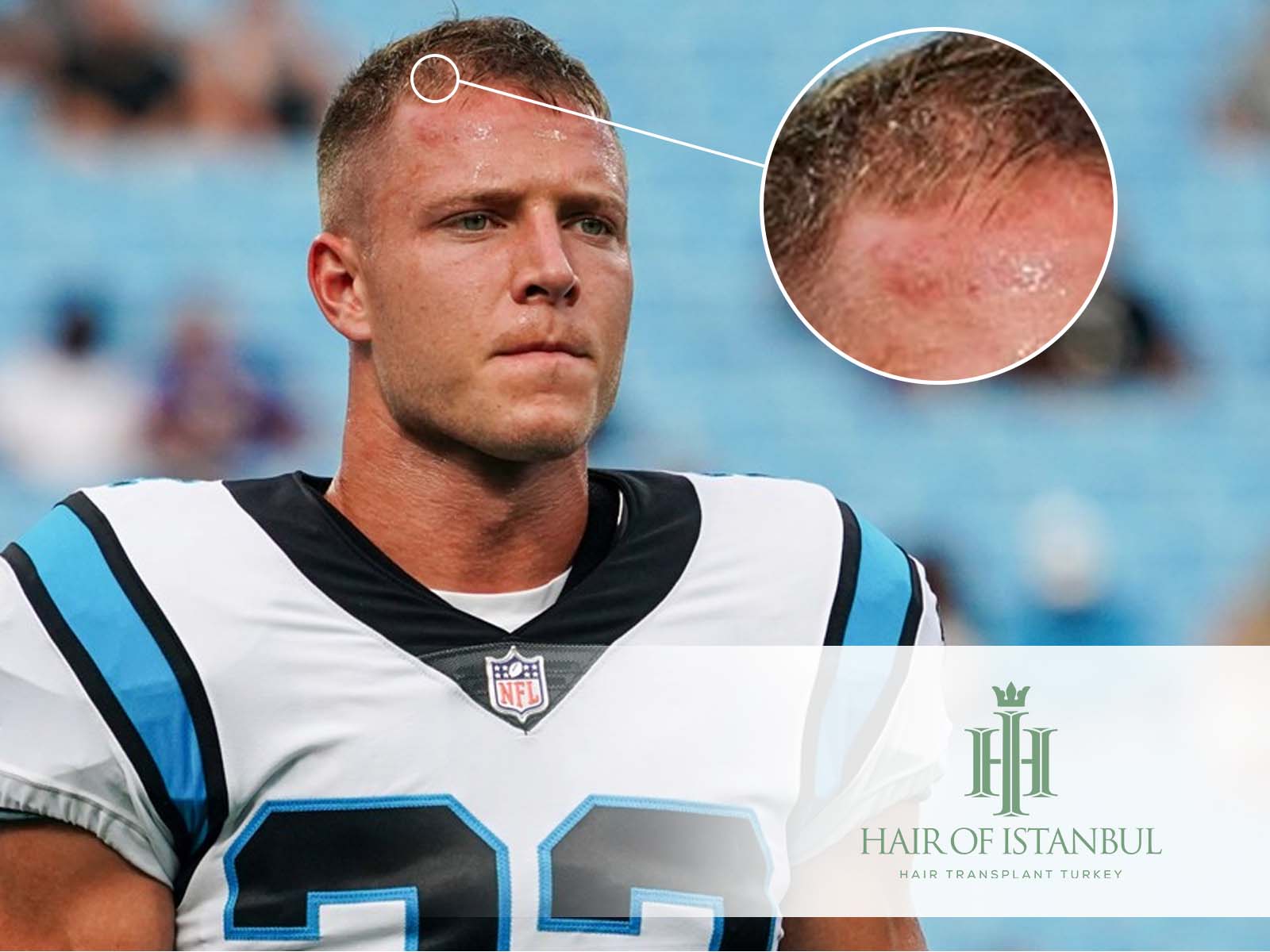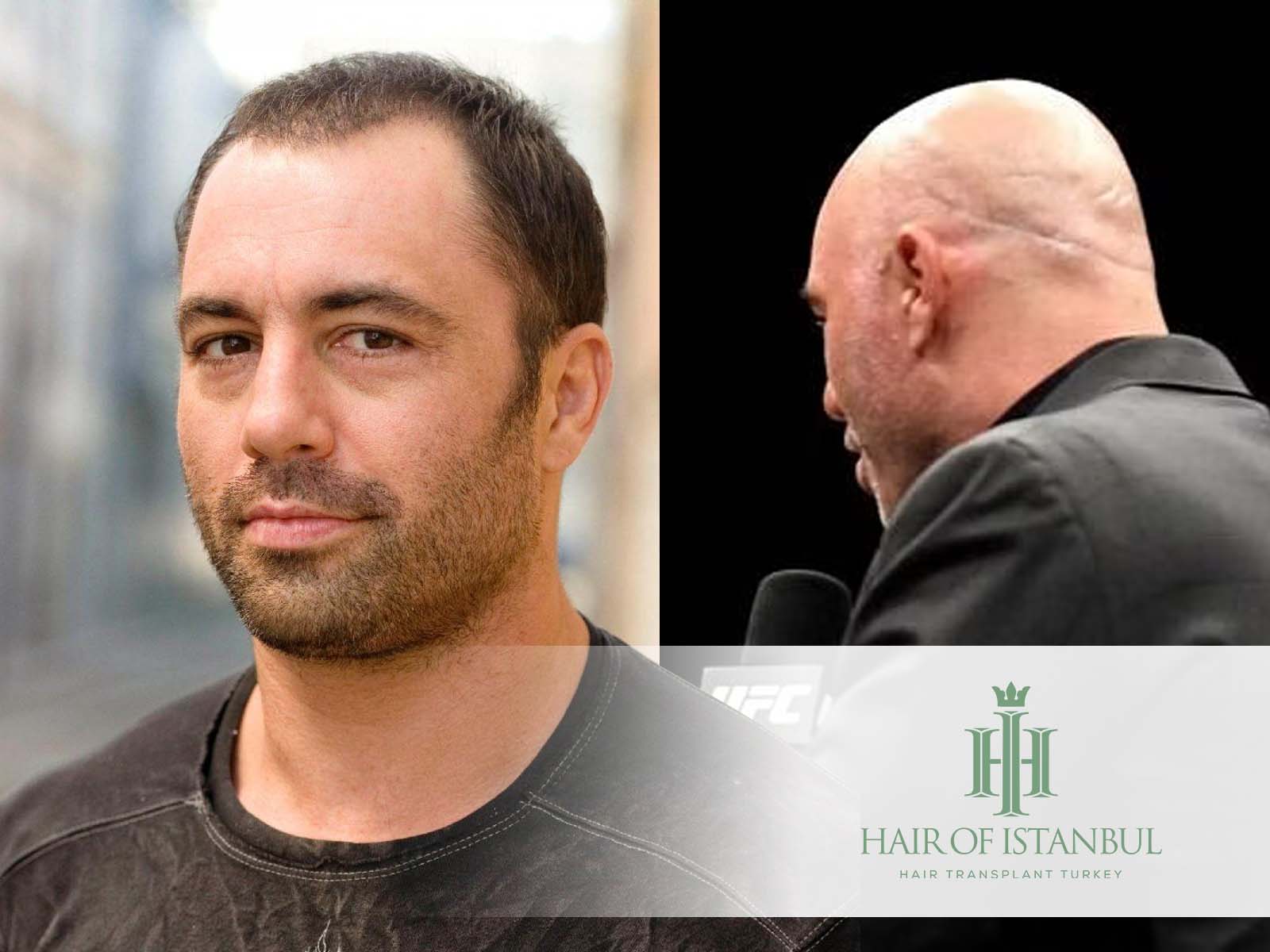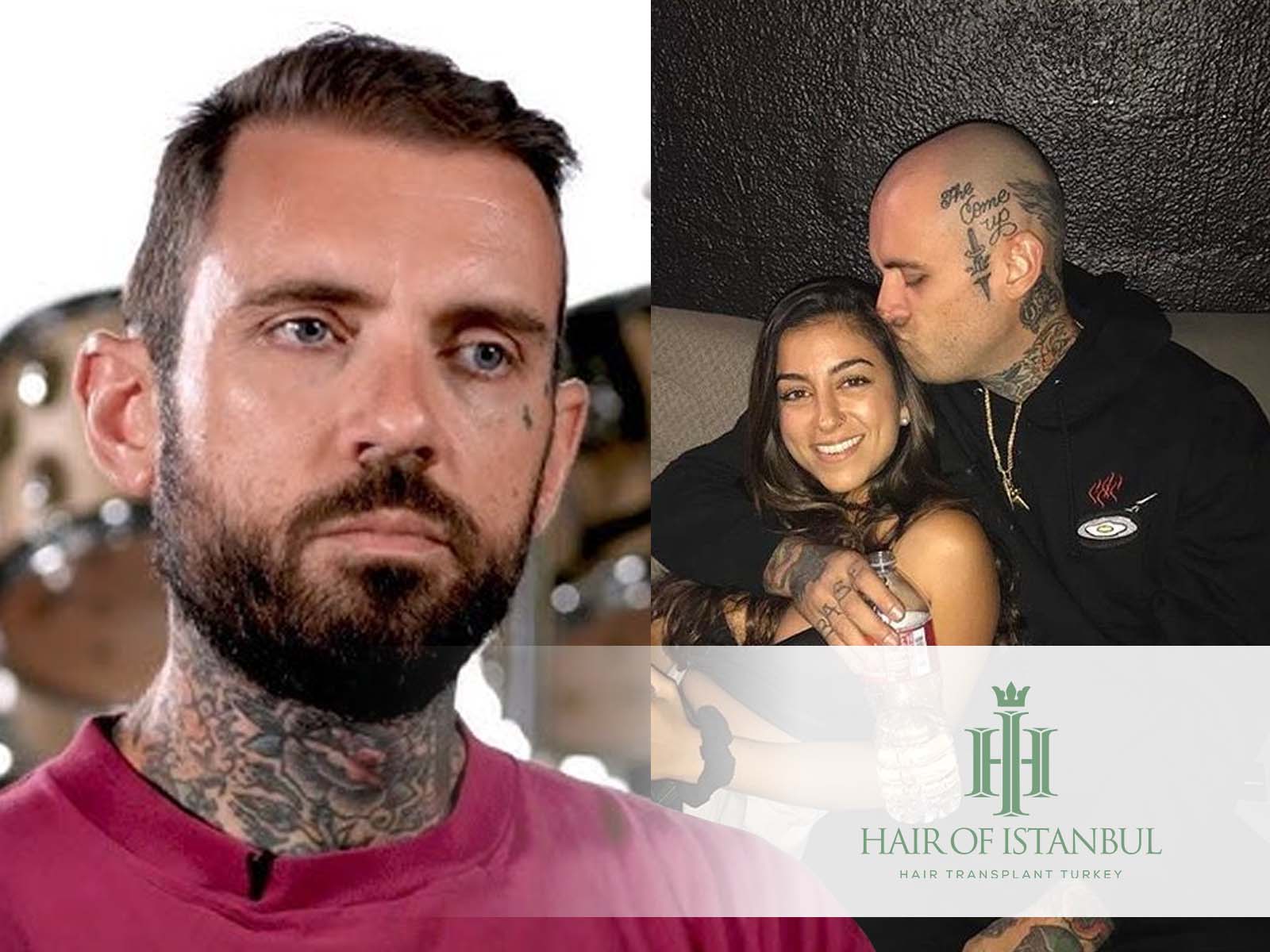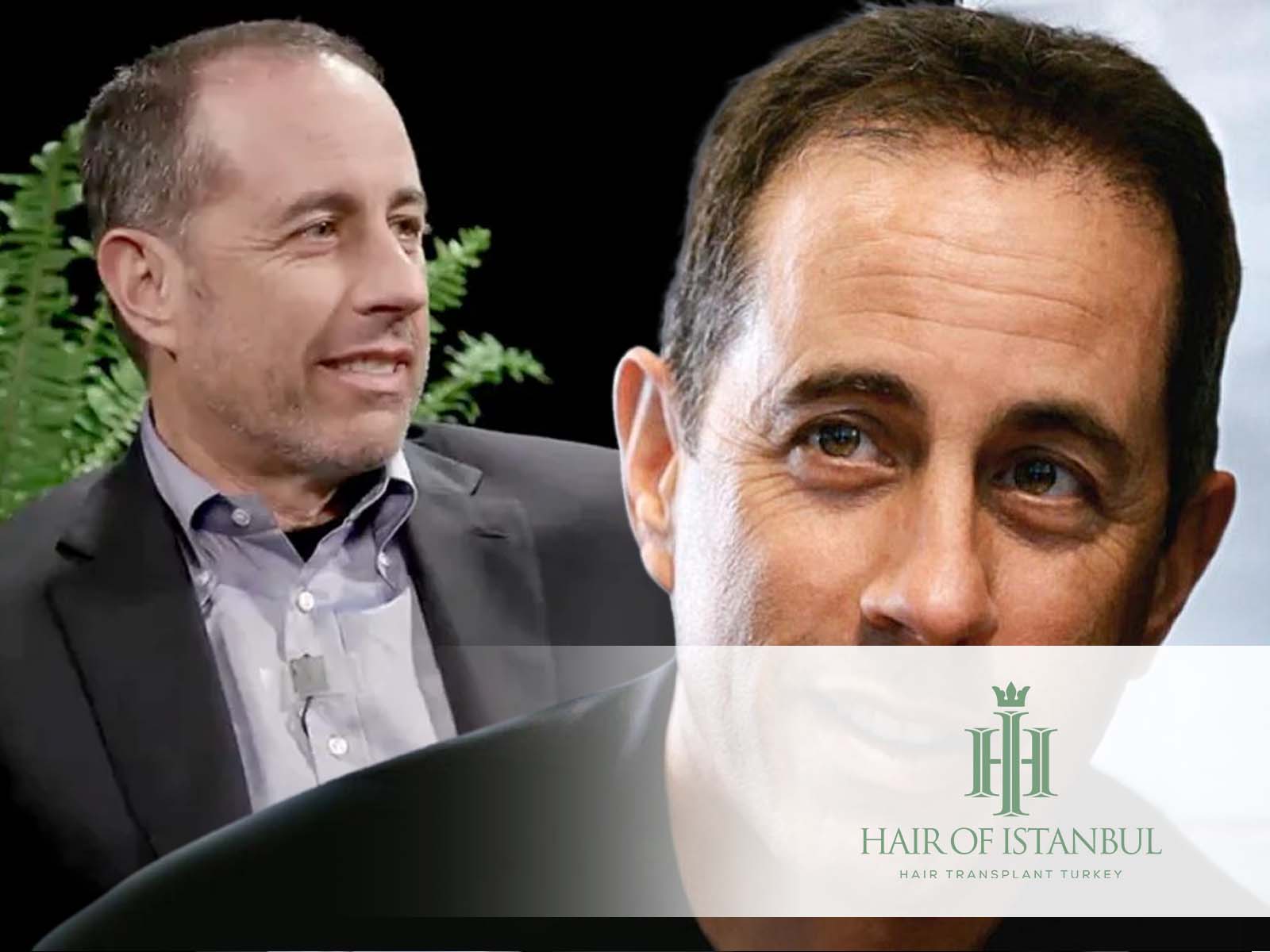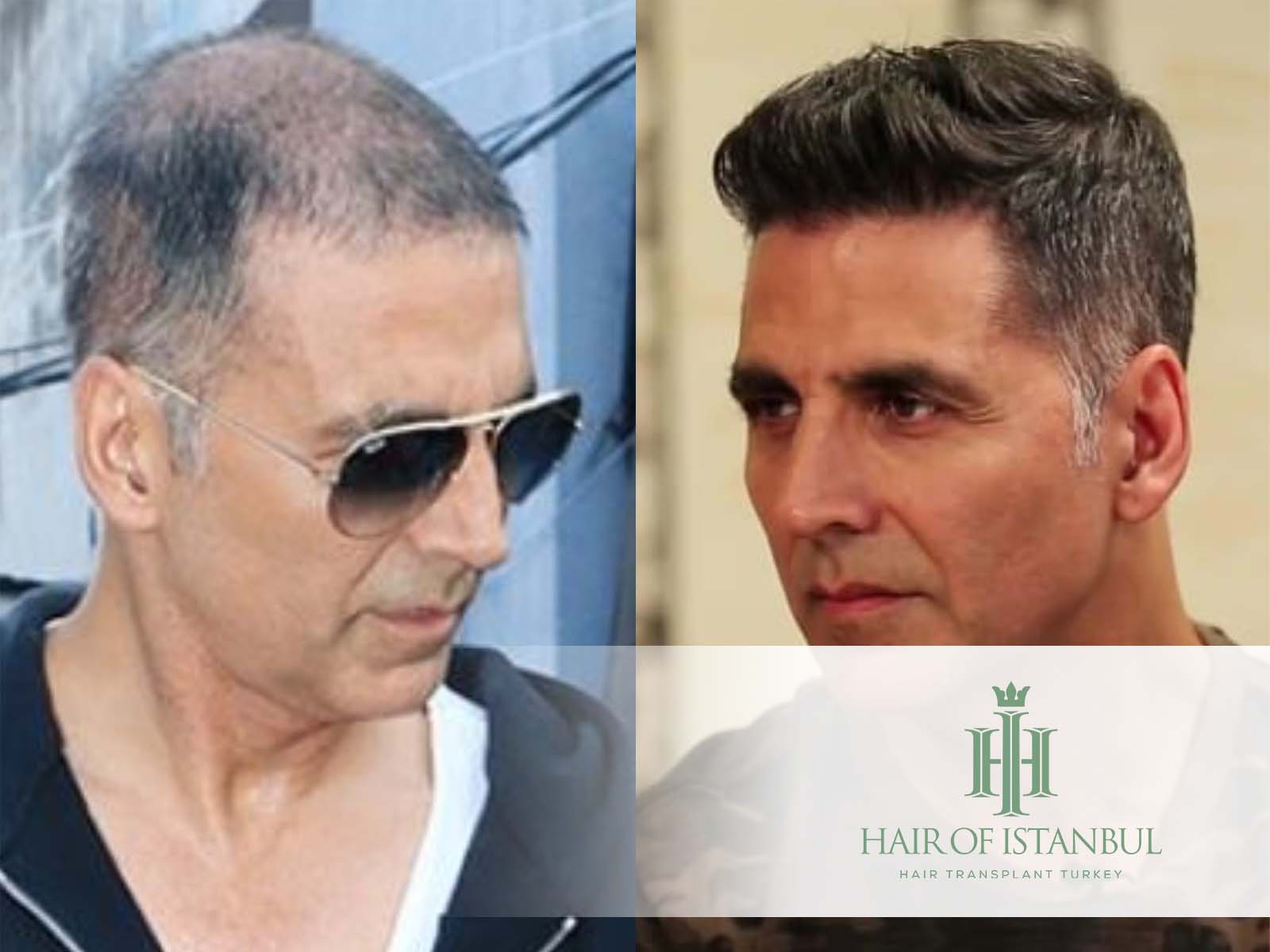DHI and FUE Method | DHI vs FUE
DHI and FUE Method | DHI vs FUE
People who search for hair transplants generally wonder about DHI and FUE methods. What are the differences between DHI and FUE is the main question. Let’s talk about DHI and FUE Methods in this article. Many patients prefer FUE hair transplant surgery, which is currently fairly common. FUE grafts are created directly from the scalp as opposed to the traditional FUT (or Follicular Unit Transplantation) method, in which a strip of skin is excised to collect the grafts. The most crucial consideration is that the FUE treatment leaves no visible scars and yields results that look natural.
Groups of 1-4 hair follicles, sometimes referred to as grafts, are manually extracted one at a time and stored in a storage solution as the initial stage in FUE hair transplant surgery. The doctor uses a microblade to open the channels after the extraction phase is over. The holes or slits where the grafts are inserted are the channels that the doctor has opened. The doctor then takes the grafts out of the solution and implants them in the recipient area after opening the channels.
The first results from FUE hair transplant surgery may become apparent two months following the procedure. On the other hand, for more obvious growths, total outcomes often manifest 12 to 18 months following the treatment and usually become more apparent after six months.
The most apparent benefits of FUE hair transplantation, since there are no stitches, are a quicker recovery time and reduced discomfort. Since FUE hair transplantation promises better outcomes, less pain and discomfort, no scarring, and more effect, it is the method of choice in this situation. The most crucial aspect of hair transplantation, independent of FUE or FUT, is to maintain the features of donor hair follicles and promote healthy growth. Fue hair transplantation can last a lifetime.

What is DHI, and What Procedures Does DHI Follow?
DHI hair transplant surgery is a more recent process than FUE and is similar to the FUE technique in that it offers a natural appearance and does not leave a scar after the procedure. Although the graft removal process of DHI is similar to that of FUE, there are a few differences between these two treatments that should be considered.
Using a specialized instrument with a diameter of 1 mm or smaller, the hair follicles are initially removed. The Choi Implanter Pen implants the hair follicles directly into the recipient area after the next stage, which involves loading them into the implant device. Channel construction and implantation are finished simultaneously during the DHI procedure. Choi Implanter Pen increases the doctor’s sensitivity when implanting hair follicles. In addition, it offers more comfortable control over the depth, angle, and direction of newly transplanted hair. DHI’s recovery period is comparable to that of FUE. Full benefits often take 12 to 18 months to manifest.
A surgeon manually creates several channels in your scalp during FUE to insert hair follicles. The DHI technique, along with FUE, allows surgeons to make these incisions and transplant hair while also preventing the lengthy scarring brought on by FUT. However, these procedures are typically more time-consuming and expensive.
The Distinction Between DHI and FUE
The manner the grafts are implanted in the recipient area is the most significant distinction between DHI and FUE treatments. For instance, during an FUE hair transplant, the channels need to be opened before implantation so that the surgeon can manually implant the extracted grafts. Instead of needing to make channels for the grafts during the implantation phase initially, DHI performs it right after extraction using a unique tool called the Choi Implanter Pen. Additionally, the term “Follicular Unit Extraction” (FUE) refers to a procedure for collecting grafts that involves opening holes in the canal where the hair was inserted using micro-motor tools.
Which Treatments are Ideal For Me?
Compared to DHI and FUE, the DHI treatment is more recent, and DHI is typically advised for people under 35. This is because, compared to other age groups, hair loss in people under 35 is not as advanced, and there is a considerably better success rate in these cases. The FUE surgery is regarded as safe with just minor potential side effects, such as tiny white scars where the follicles are removed. Although it is not frequently seen during the FUE treatment, infection or tissue death could happen where the operation was performed. On the other side, we can only implant 4000 grafts during DHI surgery.
Additionally, you can choose the size and direction of hair growth by your preferences using the DHI Hair Transplantation procedure, which also has the benefit of not requiring canal drilling. The DHI method is a process that offers an excellent rate to produce better density. However, the FUE method can be preferable because it covers more extensive areas than the DHI method. They claimed that DHI and FUE had a 95% success rate compared to the experts’ recommendations. This demonstrates that both ways are very safe, regardless of which one you choose.
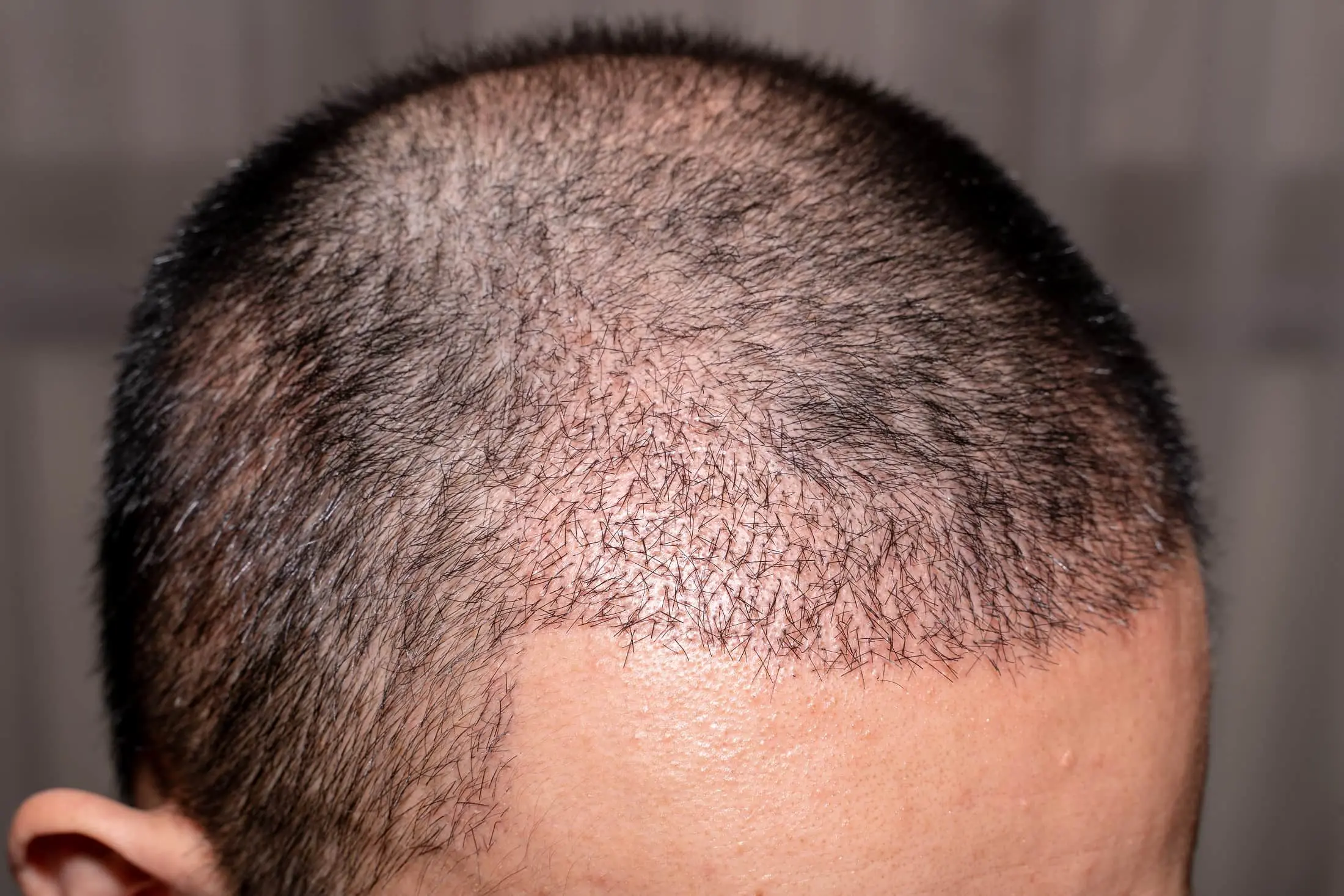
What effects do DHI and FUE Operations Have?
The success of FUE hair transplantation depends significantly on the channels being opened. In other words, if the channels are correctly opened, your hair transplant process will have a considerably better success rate. With FUE hair transplant surgery, you’ll get thicker, more natural-looking hair. You will have very successful and natural-looking outcomes in your hair transplant therapy owing to this technique if every step of the FUE hair transplant surgery is carried out correctly. After your FUE hair transplant surgery is finished, it will take you around six months to start noticing the benefits, and it will take you about a year to see the full effects.
For those seeking hair transplant procedures that look as natural as possible, DHI hair transplant surgery is a convenient option. You won’t lose any hair when the implantation surgery is finished, and your hair will stay on your head permanently. The DHI hair transplant method allows complete control over the angle, depth, and placement of the hair and produces results that look entirely natural is its most significant advantage.
The expected outcome of these two treatments is that twelve months after the procedure, the complete results start to show. The recuperation period is also comparable and shorter for both treatments.
It’s also crucial to consider the age range of those who choose hair transplant surgery. Every person over 18 is eligible for hair transplant surgery. However, experts recommend waiting until they are 25 years old before getting one. In younger men, hair transplantation may not be necessary just yet because their hair loss patterns have not yet been thoroughly identified.
What Benefits do DHI and FUE Hair Transplant Techniques Have in Turkey?
Turkey is one of the nations that are most frequently chosen for hair transplant surgery and carries out the procedure in the best possible method. Nearly every day, 250 hair replacements are done in Turkey by surgeons. The majority of the patients that travel to Turkey for hair transplant surgery are from Israel, the United Arab Emirates, Saudi Arabia, and European nations. Turkish clinics offer high-quality care and adhere to international norms. The JCI (Joint Commission International) health institutes in Turkey and other national and international medical bodies have authorized it.
Additionally, Turkey has twice as many JCI-accredited medical facilities (34) as Israel or Germany. Turkey is one of the most popular destinations for medical travelers, and as a result of its affordable healthcare, 1 million medical travelers visit Turkey each year. DHI and FUE hair transplant costs in Turkey are roughly 70% less expensive than in Europe due to the average price policy in the nation. Turkish clinics provide unique packages that are priced reasonably and cover all required procedures. Turkish plastic surgeons have more than ten years of practical expertise in their area and frequently use DHI and FUE procedures to improve outcomes and reduce side effects.
In this article, we explained what DHI and FUE are, and the differences between DHI and FUE. If you have any questions, you can reach us on the contact page.










